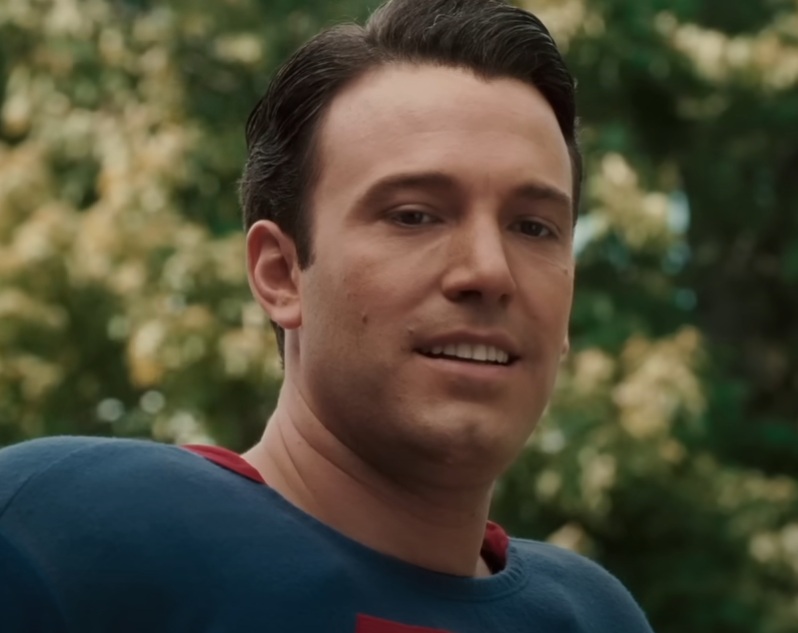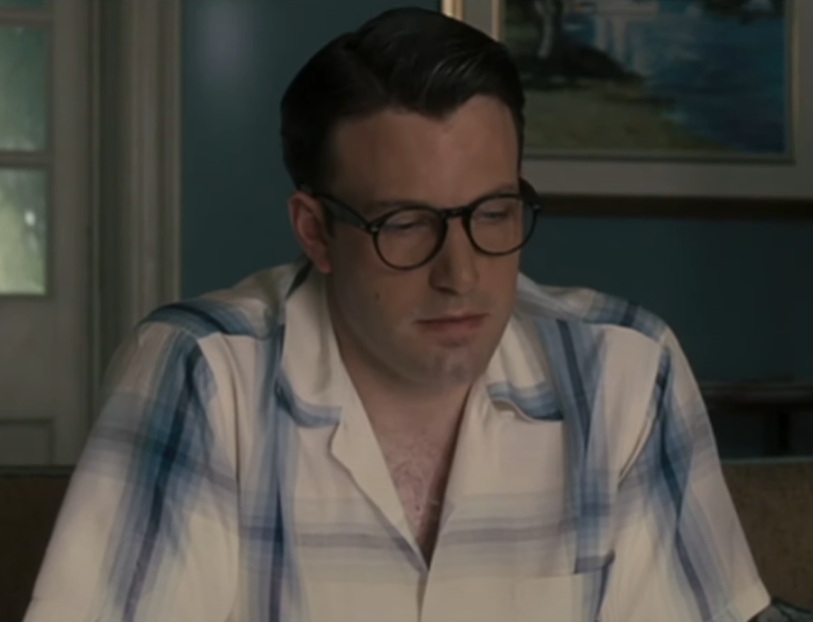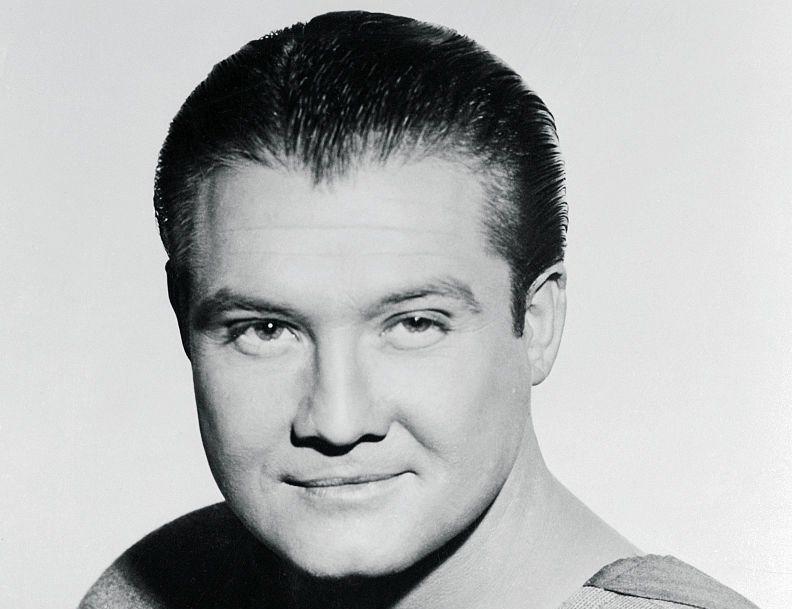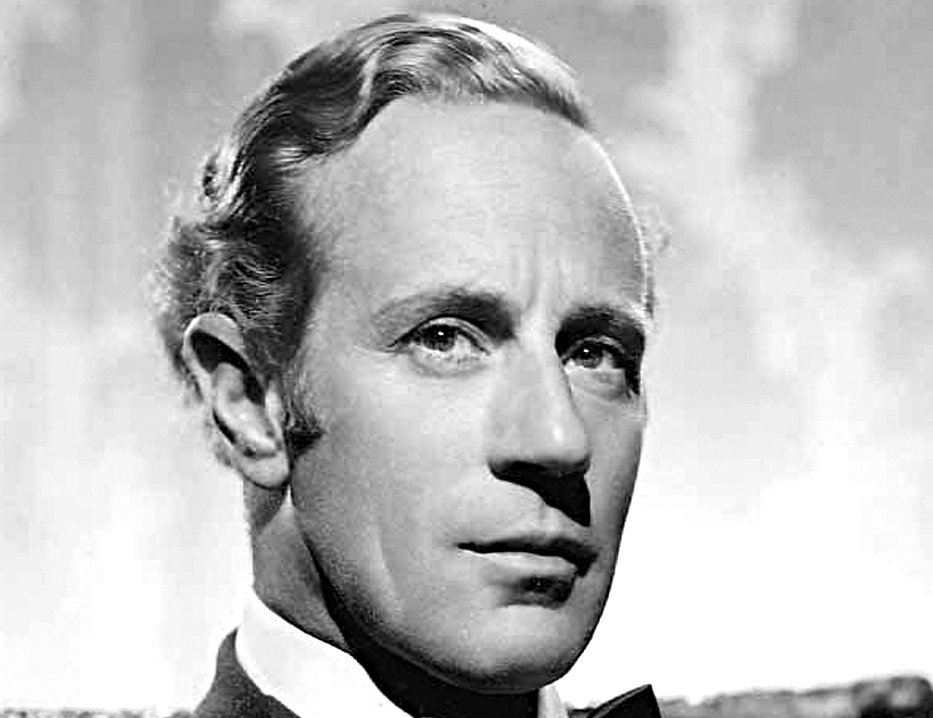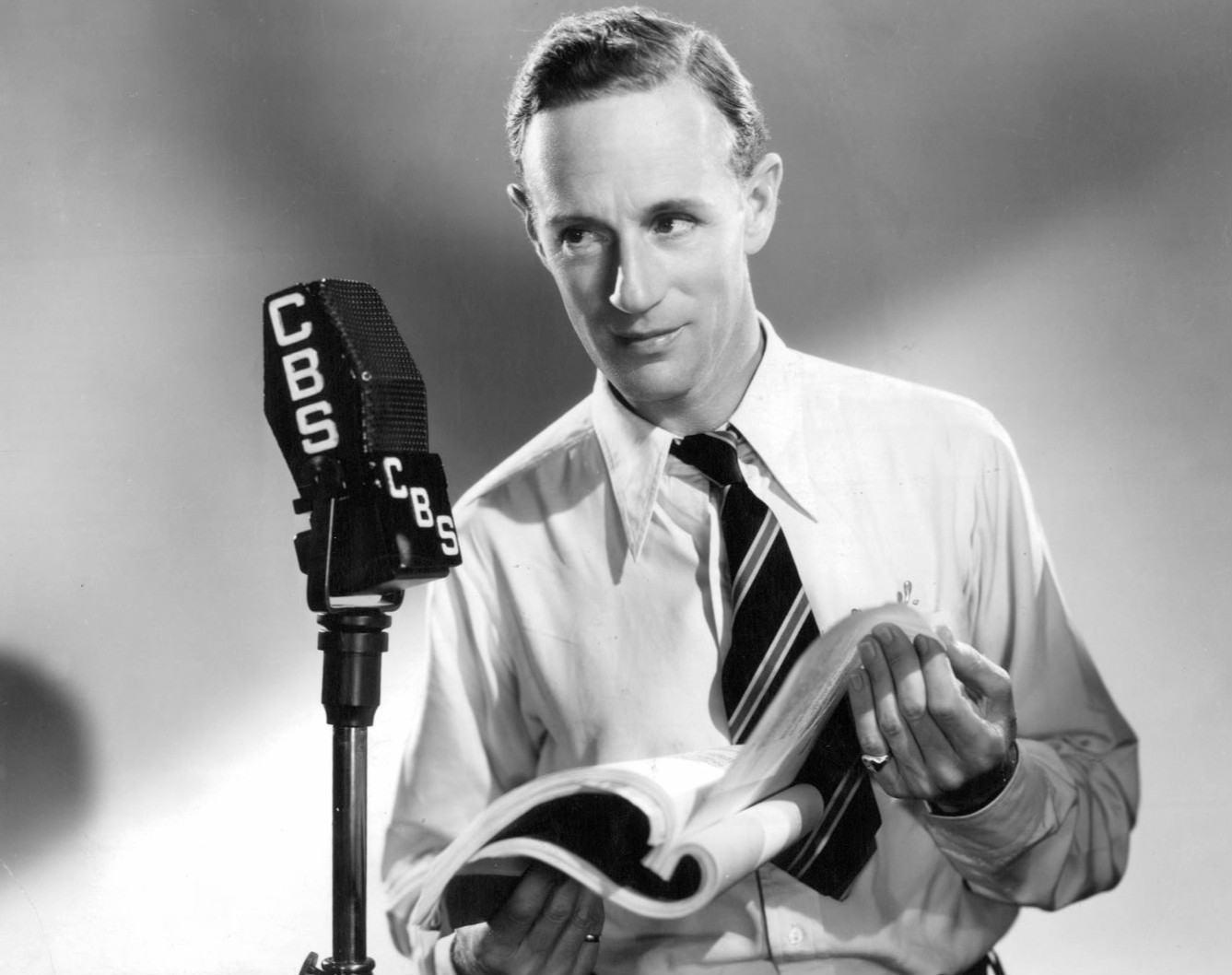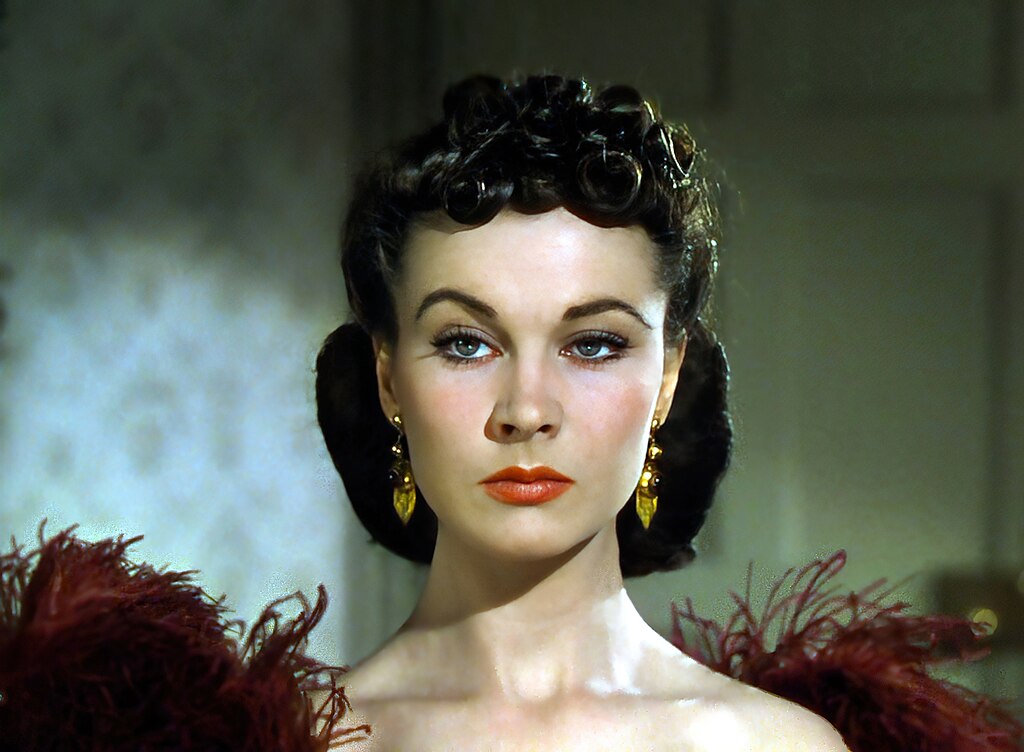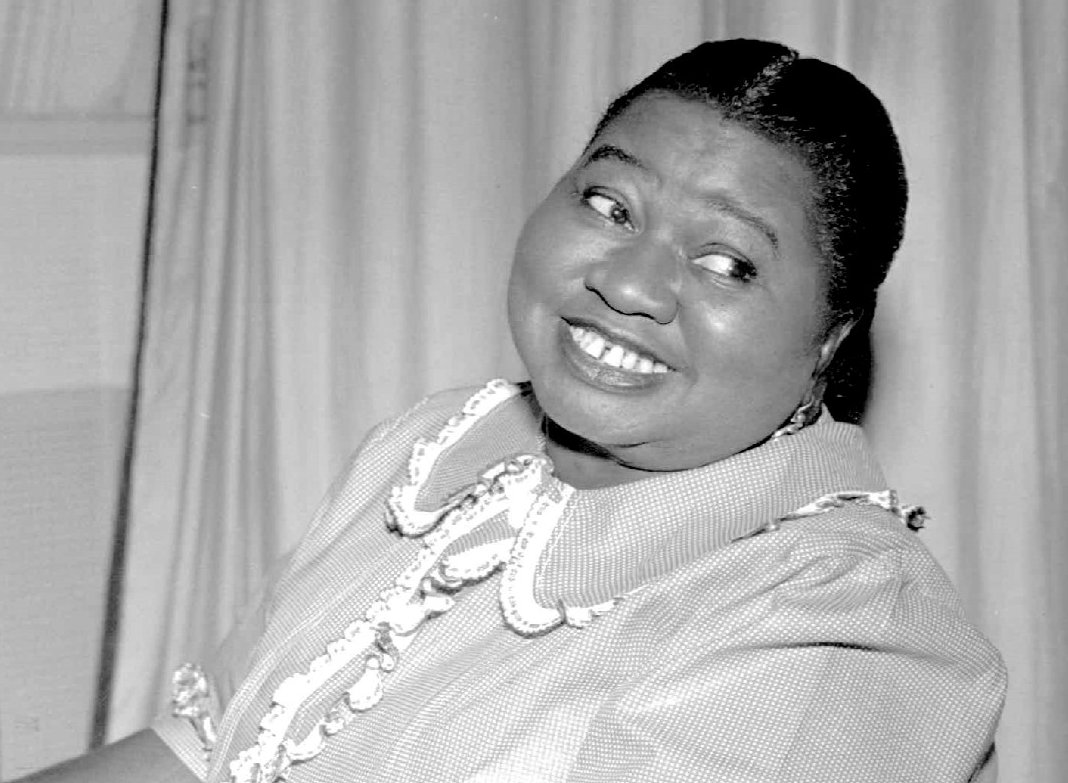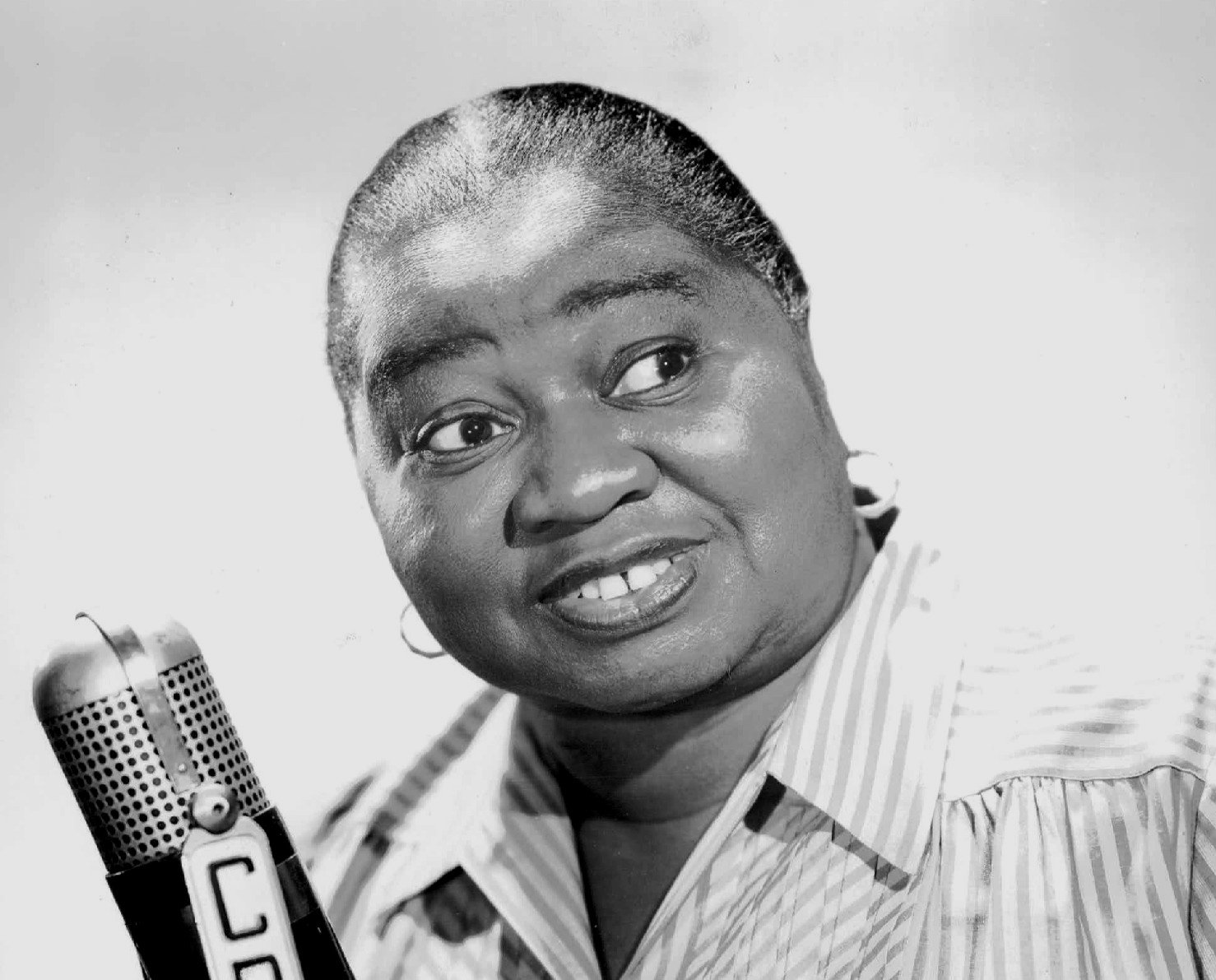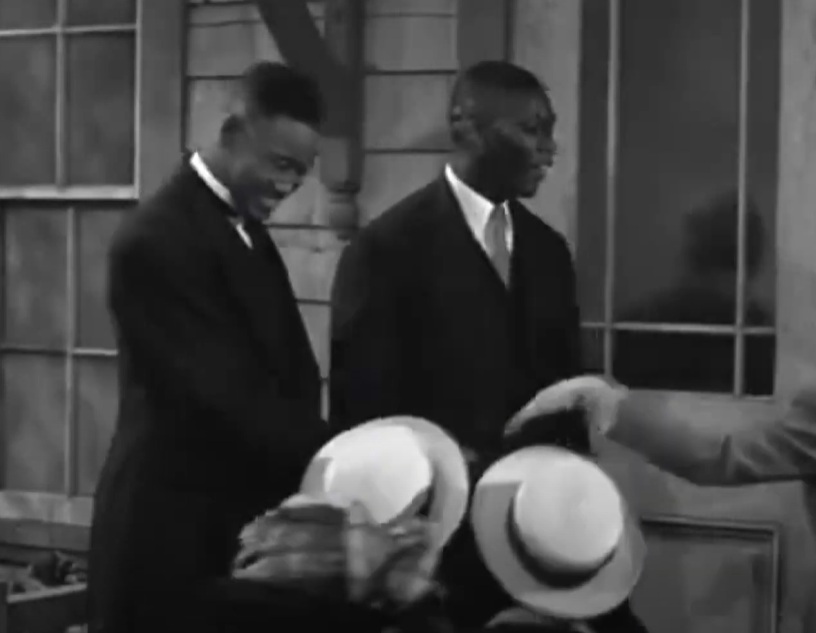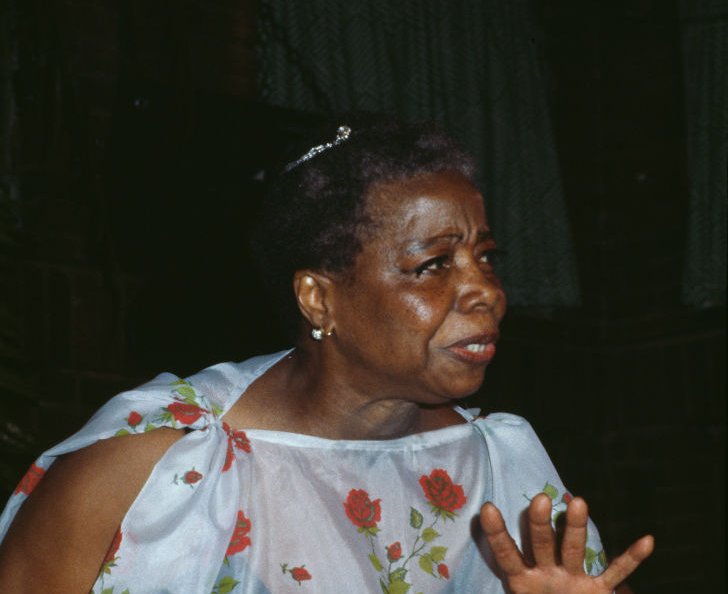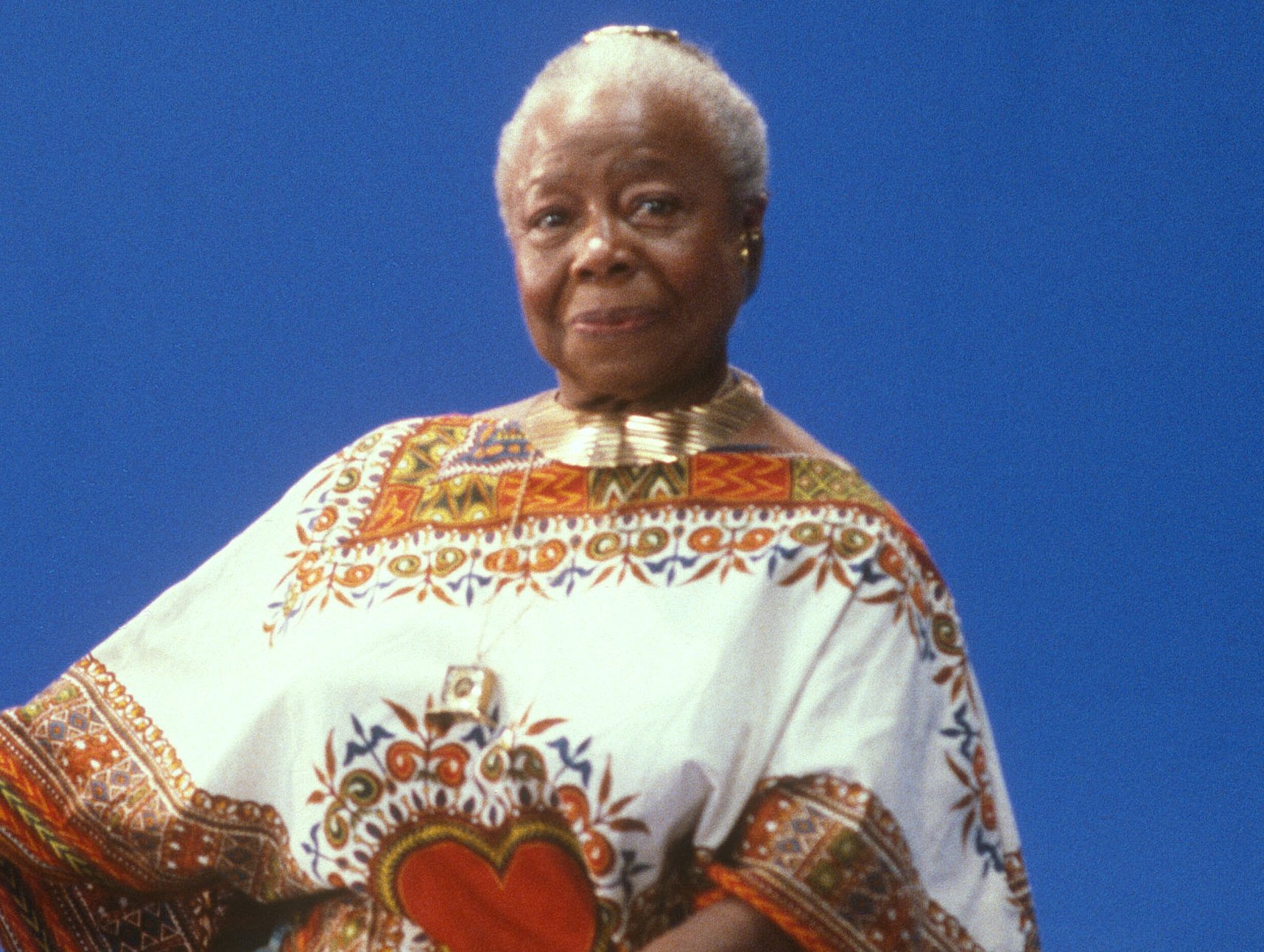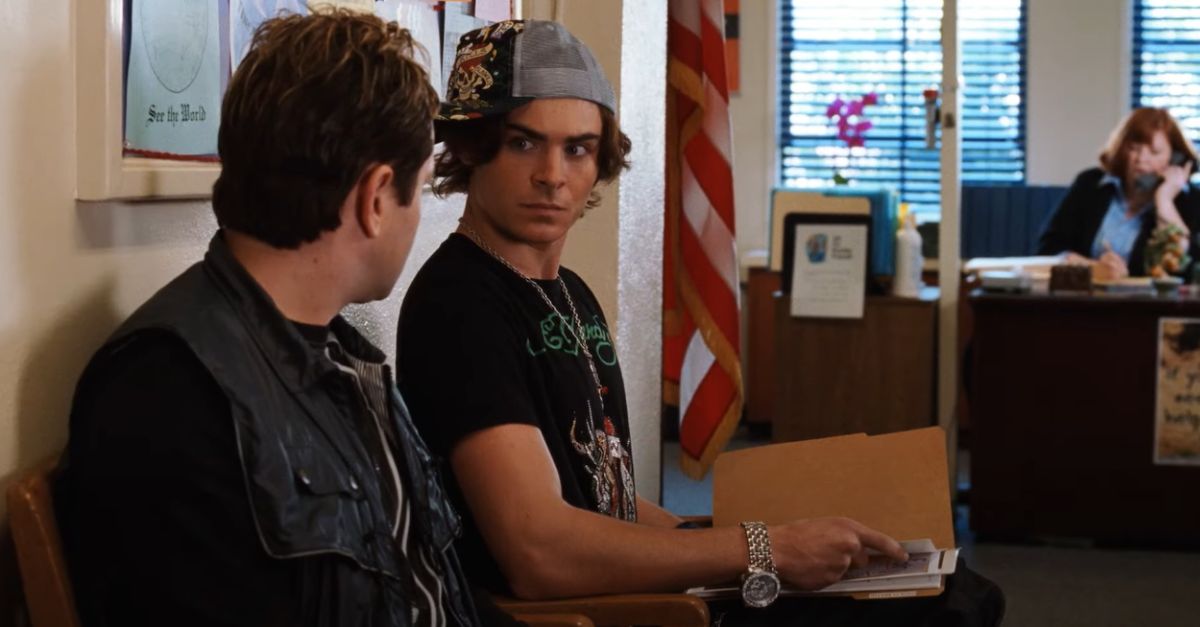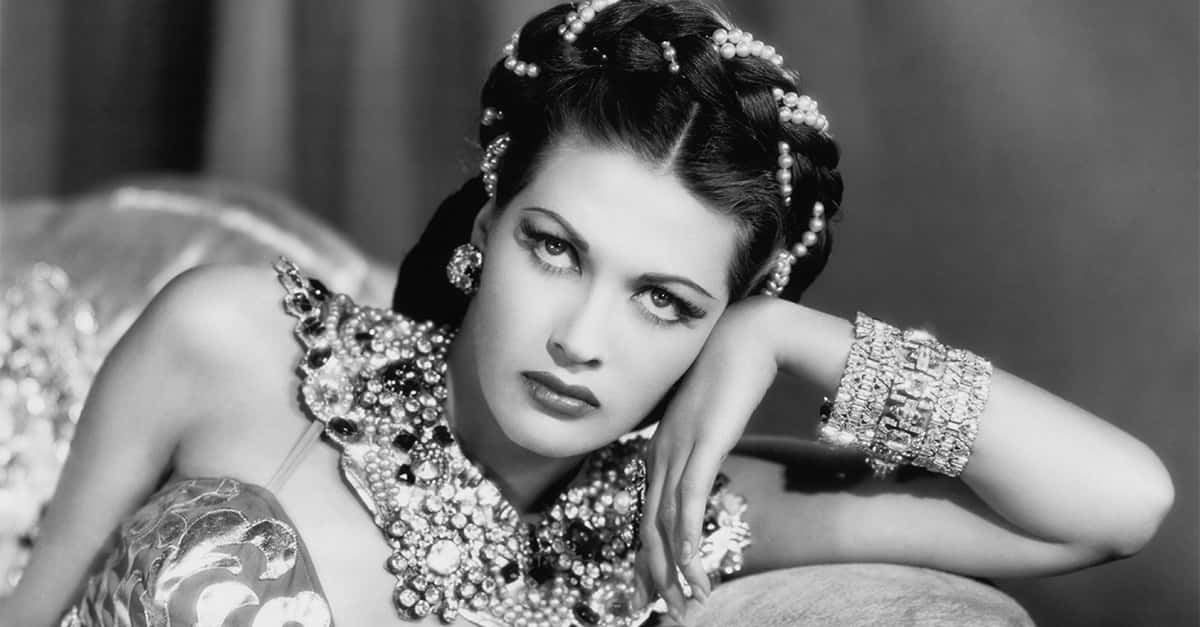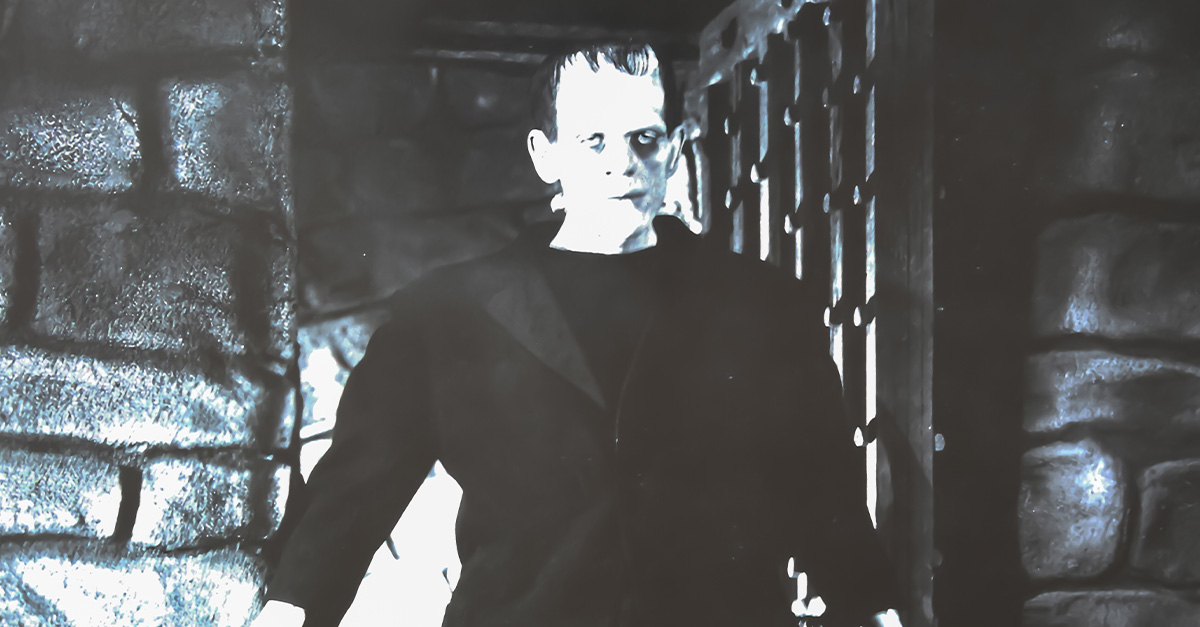Is Gone With The Wind A Cursed Film?
Still the biggest moneymaker of all time adjusted for inflation, Gone With the Wind has, to say the least, enjoyed a complicated legacy. But a fascinating facet of this is the fate of many cast members, suggesting something almost borderline supernatural.
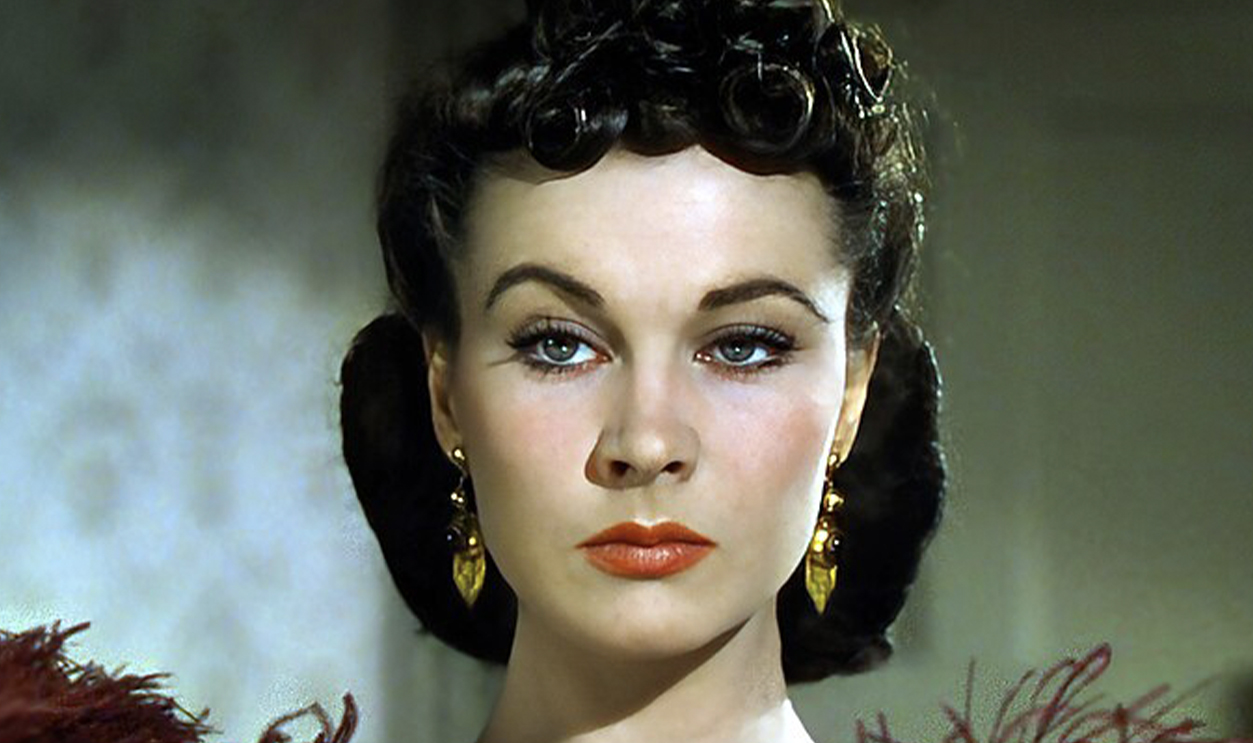
Clark Gable
Alongside Cary Grant and Gary Cooper, Clark Gable was perhaps the movie star who best embodied the classical Hollywood leading man. Look no further than films like It Happened One Night and Mogambo to see the variety of genres in which Gable succeeded as a star.
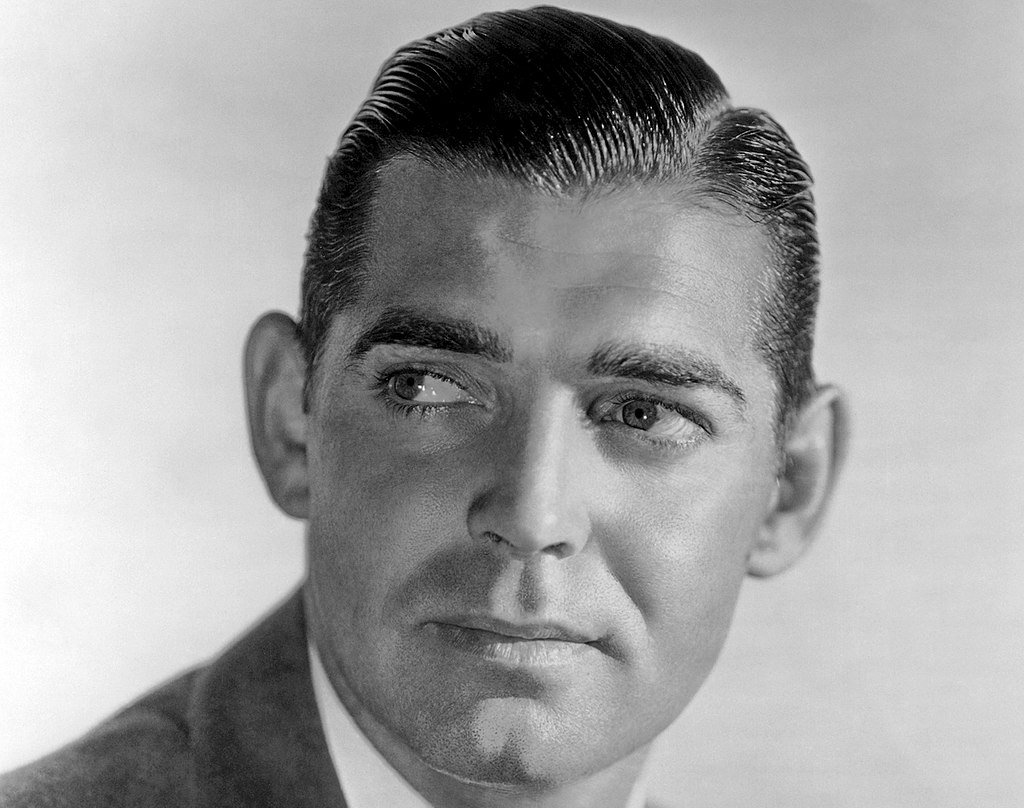 Studio publicity still, Wikimedia Commons
Studio publicity still, Wikimedia Commons
Clark Gable
It goes without saying, though, that the role that defined Clark Gable was the dashing Southern socialite Rhett Butler in Gone With the Wind. It helps that he uttered maybe the most iconic line in film history: “Frankly my dear, I don’t give a damn”.
 MGM, Gone with the Wind (1939)
MGM, Gone with the Wind (1939)
Clark Gable
Before movie stars or just rich people alike had access to all the latest vitamins and medicines to keep themselves going into their 90s, Clark Gable saw his health starting to decline in his 50s. This culminated in him suffering from a heart attack at age 59 and dying in the hospital 10 days later.
 Los Angeles Daily News, CC BY 4.0, Wikimedia Commons
Los Angeles Daily News, CC BY 4.0, Wikimedia Commons
Clark Gable
The strange coincidence is that Gable had just completed work on John Huston’s The Misfits, which would also end up being Marilyn Monroe’s final film. Its other star, Montgomery Clift, passed away only five years later, making it feel like somewhat of a cursed film.
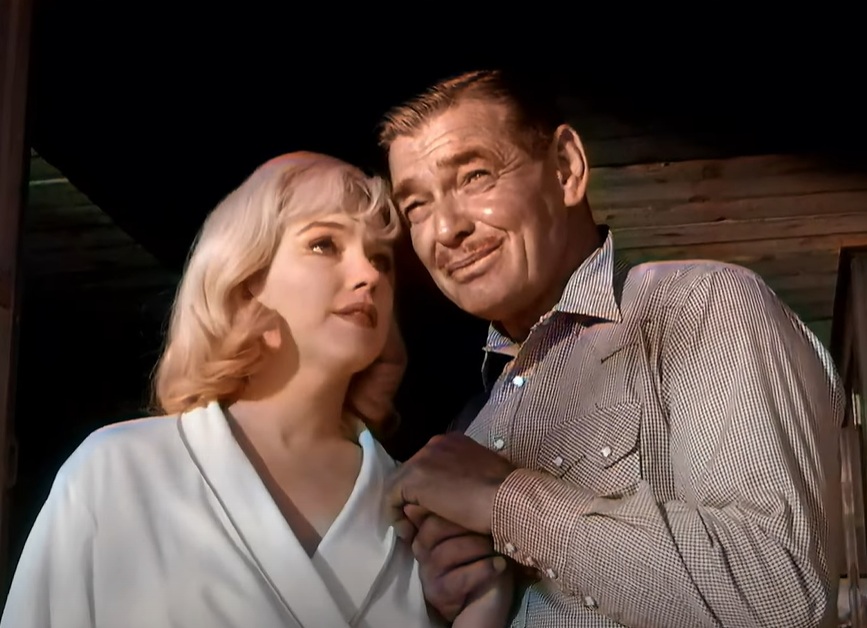 United Artists, The Misfits (1961)
United Artists, The Misfits (1961)
George Reeves
George Reeves is perhaps best known for playing Superman on television in the 1950s, but he had a somewhat successful film career. Chief amongst that being the supporting role of Brent Tarleton in Gone With the Wind.
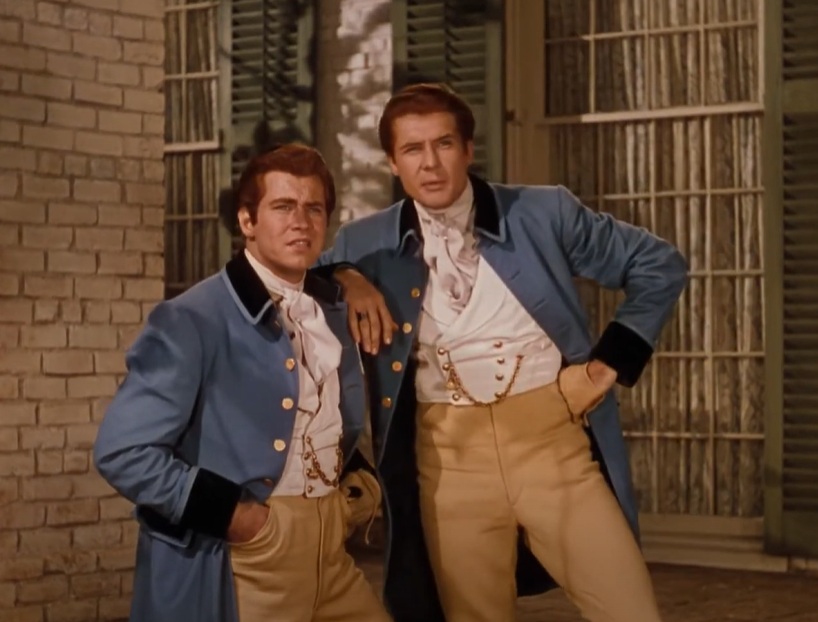 MGM, Gone with the Wind (1939)
MGM, Gone with the Wind (1939)
George Reeves
You may remember that Reeves was the subject of a 2006 biopic entitled Hollywoodland, in which Ben Affleck depicts him. Mirroring Affleck’s off-screen anxieties about being taken seriously as an actor, Reeves is depicted as an insecure and mediocre performer who’s depressed over not being seen as more than Superman.
George Reeves
Hollywoodland wasn’t just a dramatic biopic, though, but also delved into the subgenre of Tinseltown true crime. It presented Reeves’ mysterious end in 1959 as a whodunit, with many revelations about the despairing side of the industry alongside it.
George Reeves
Reeves’ end at 45 was initially deemed a taking of his own life, but there was much speculation that he was offed by his fiancée Leonore Lemmon, who he had a volatile relationship with. To this day, the cause of his passing has never been fully resolved.
George Reeves
As for the rest of his film career, Reeves did manage to land a small supporting role in the 1953 Best Picture winner From Here to Eternity, but urban legend suggests the role was cut down due to audiences seeing him only as Superman. The lack of success on the big screen was said to be a major source of emotional pain for the actor.
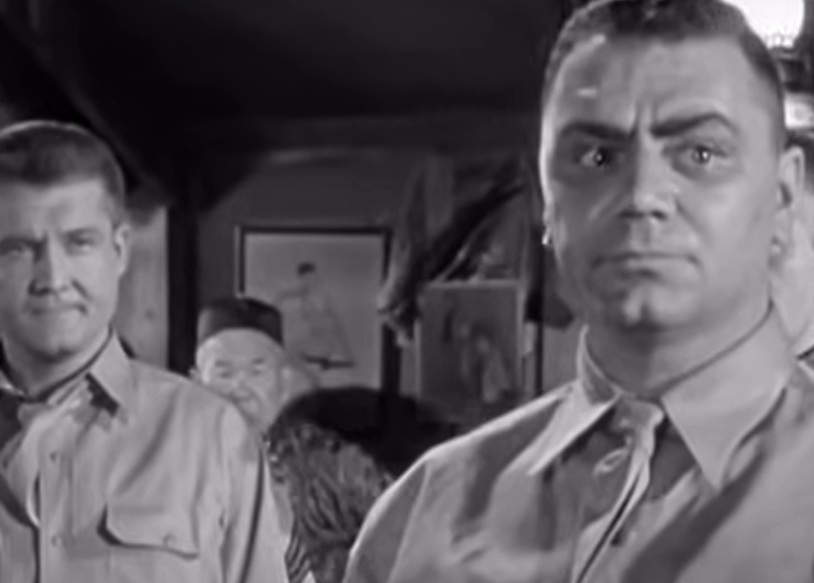 Columbia, Gone with the Wind (1953)
Columbia, Gone with the Wind (1953)
Leslie Howard
English actor Leslie Howard had an impressive career in both Britain and Hollywood. One of his stops in the latter was as an early suitor of Scarlett O’Hara in Gone With the Wind.
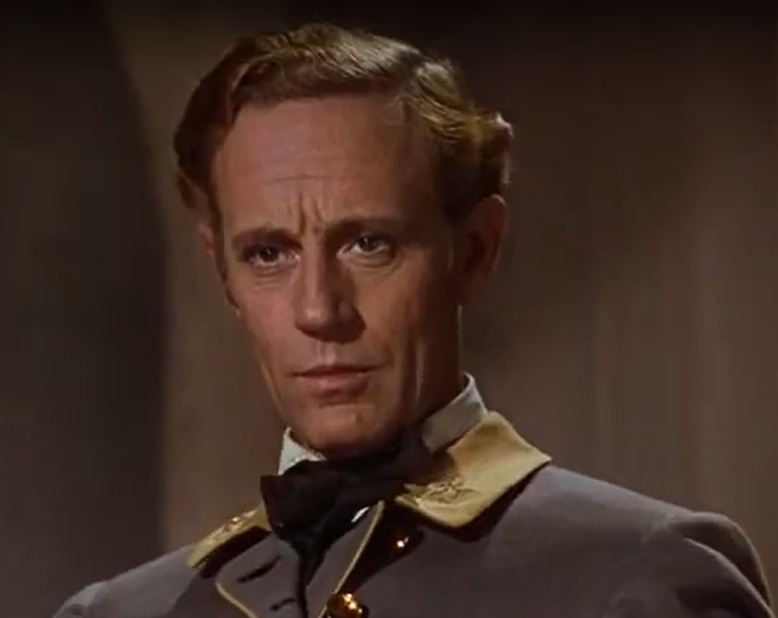 MGM, Gone with the Wind (1939)
MGM, Gone with the Wind (1939)
Leslie Howard
Being of Jewish descent, Howard felt an obligation to do what he could during WWII. This included collaborating with the British Ministry of Information and making many ostensible “propaganda” films.
Leslie Howard
During the middle of the global conflict in April 1943, Howard made a trip to Lisbon for what some believed was assistance with the Allied forces. Legend goes that before departing for the trip, he remarked to his wife that he had a bad feeling about it.
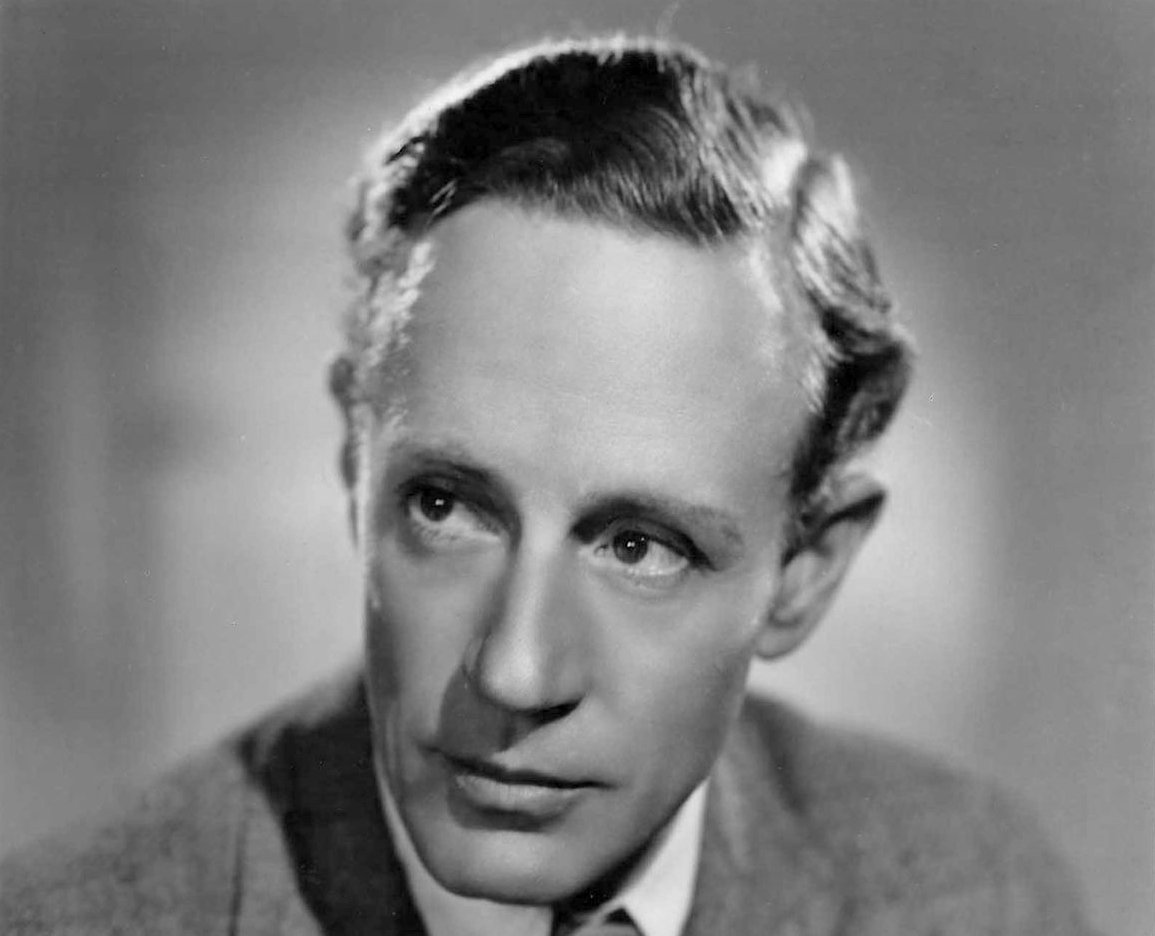 Metro-Goldwyn-Mayer, Wikimedia Commons
Metro-Goldwyn-Mayer, Wikimedia Commons
Leslie Howard
He wasn’t wrong about the premonition, as his plane was gunned down by German forces, leading to his demise. Alongside fellow Hollywood star Carole Lombard, he had the misfortune of perishing in the middle of travel for WWII assistance.
Leslie Howard
British Prime Minister Winston Churchill speculated that Howard’s end was actually a botched hit attempt on himself, with the German forces mistaking the identity of the plane’s passengers. Regardless, Howard has gone down as a legend of British acting.
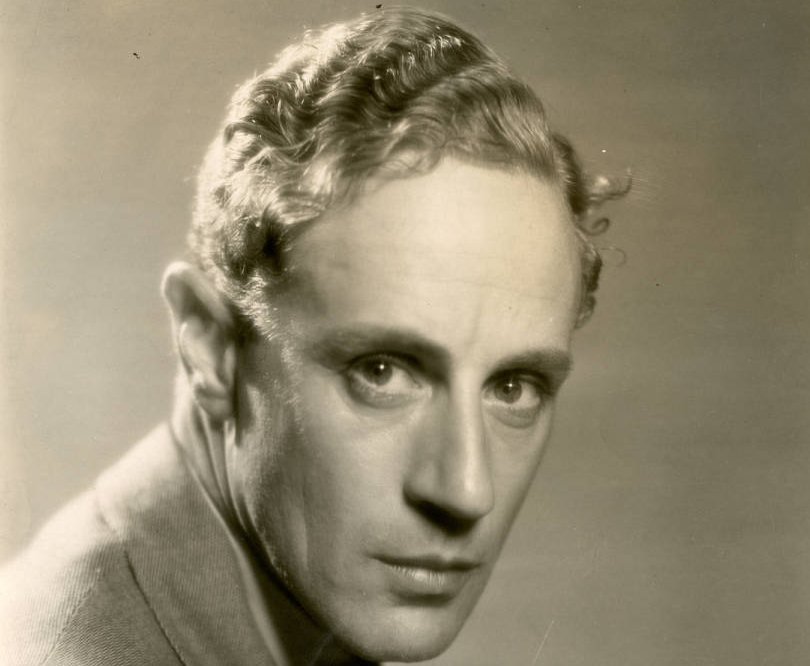 University of Washington, Wikimedia Commons
University of Washington, Wikimedia Commons
Vivien Leigh
Anyone who’s seen Gone With the Wind can attest to how much Scarlett O’Hara suffers onscreen. Certainly, the actress who depicted her, Vivien Leigh, lived a similarly dramatic life off-screen.
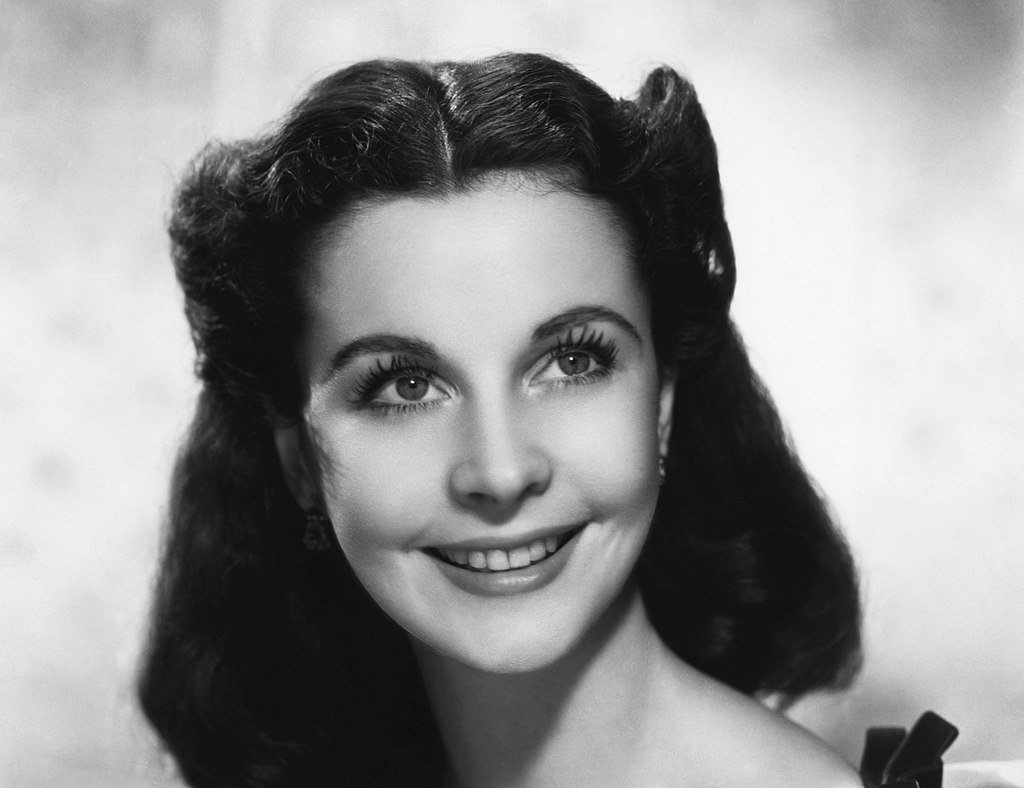 Fawcett Publications, Wikimedia Commons
Fawcett Publications, Wikimedia Commons
Vivien Leigh
Leigh allegedly beat out over a thousand other candidates for the role of Scarlett, which even included some heavy-hitter actresses like Bette Davis. Producer David O Selznick certainly made the right call on her, as the lifeforce she brought to the role helped the film connect with the widest global audience imaginable.
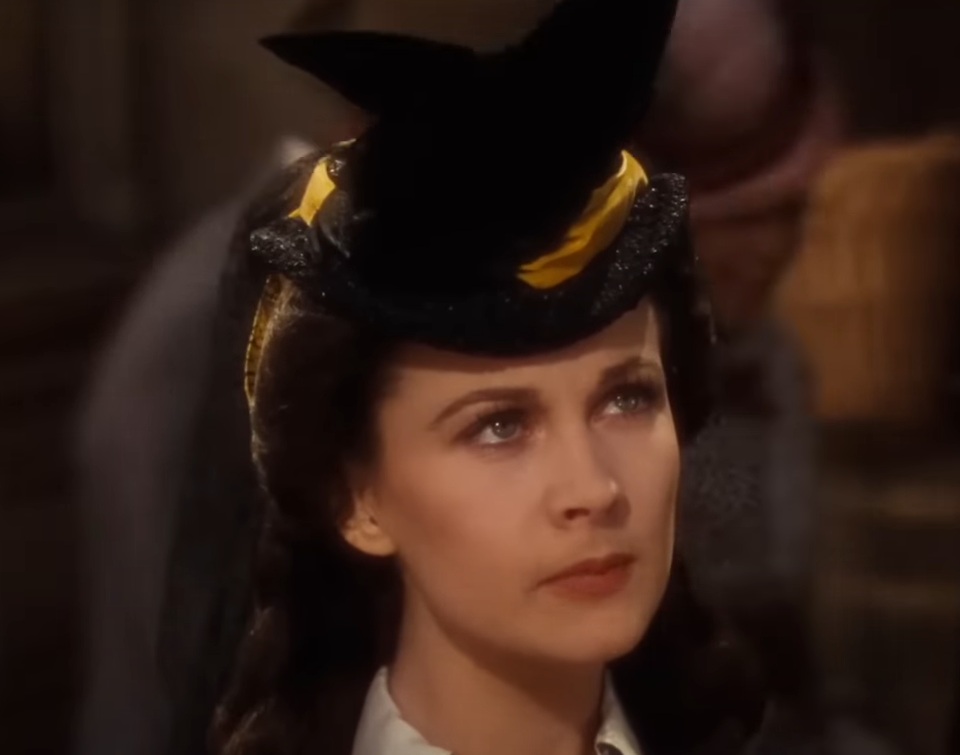 MGM, Gone with the Wind (1939)
MGM, Gone with the Wind (1939)
Vivien Leigh
Gone With the Wind launched Leigh to mega-stardom, but her mental health troubles did not improve. She allegedly had begun showing signs of bipolar disorder even before making the 1939 film.
Vivien Leigh
Unfortunately, there wasn’t as much knowledge about mental health in the 1930s and 40s, leading to Leigh having to undergo things like electroshock therapy for treatment. The mishandling by the medical establishment didn’t end there.
 Film studio, Wikimedia Commons
Film studio, Wikimedia Commons
Vivien Leigh
During the mid-1940s, Leigh was diagnosed with tuberculosis, which took her a year to recover from. Unfortunately, it came back in 1967, leading to her tragic passing at age 53.
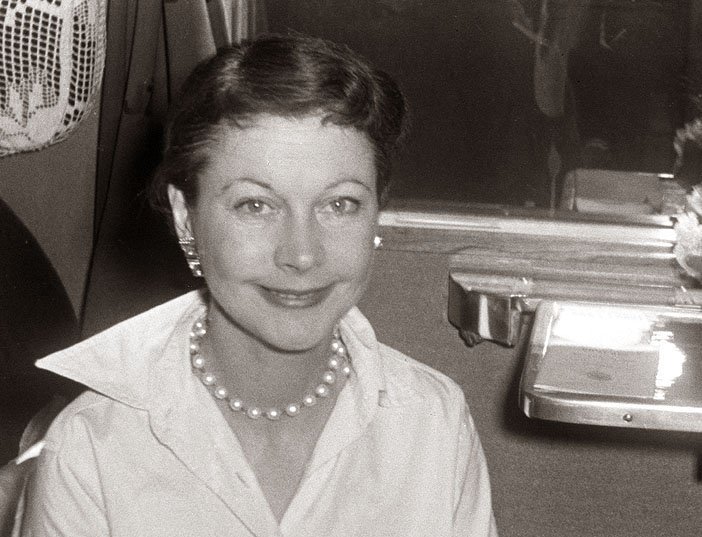 Unknown Author, Wikimedia Commons
Unknown Author, Wikimedia Commons
Hattie McDaniel
Perhaps no performer exemplifies the legacy of Gone With the Wind more than Hattie McDaniel. The African American actress portrayed the role of Mammy, the central maid character who became an unfortunate stereotype for years to come in Hollywood cinema.
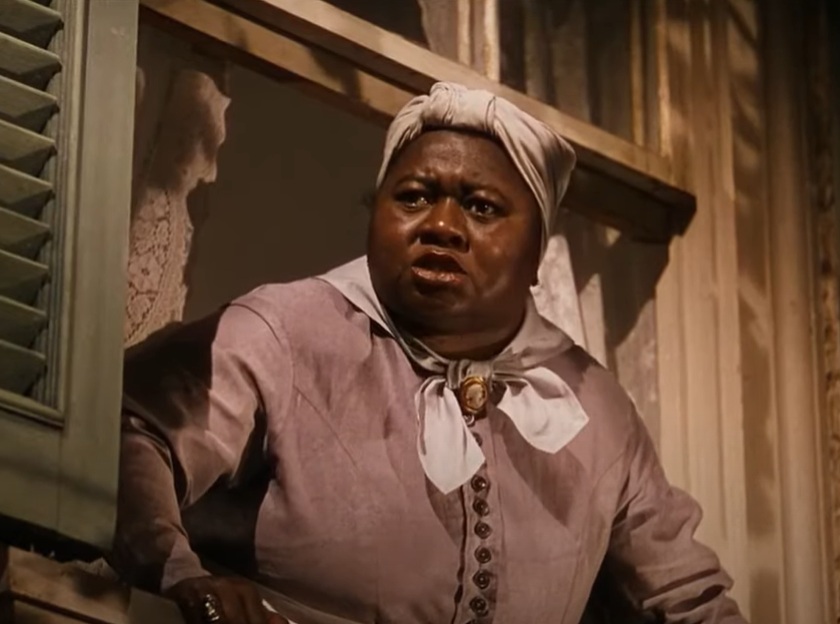 MGM, Gone with the Wind (1939)
MGM, Gone with the Wind (1939)
Hattie McDaniel
Even with the prejudiced connotations, McDaniel did make a considerable impression in the film and won the Best Supporting Actress Oscar for her performance. Unfortunately, the actress went on to mostly play several variations on the role.
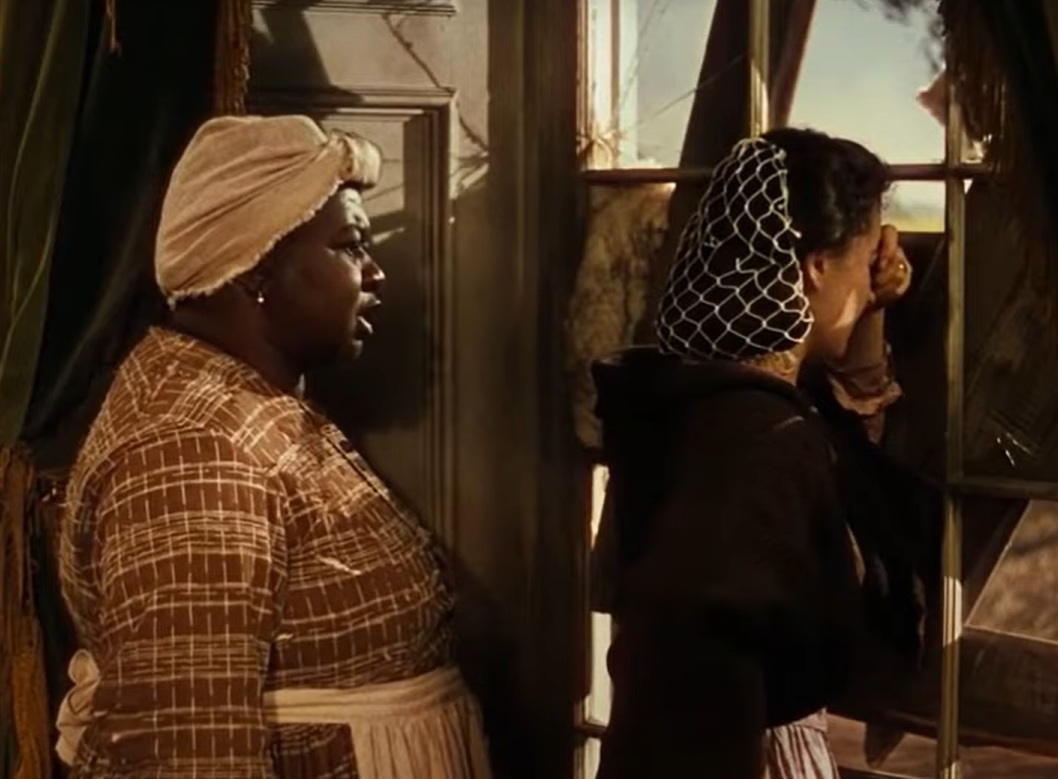 MGM, Gone with the Wind (1939)
MGM, Gone with the Wind (1939)
Hattie McDaniel
In her Oscar acceptance speech, McDaniel noted that she hoped to be a “credit” to African American people. Yet in the decades since, with Gone With the Wind being banned and unbanned, her legacy has become highly contentious.
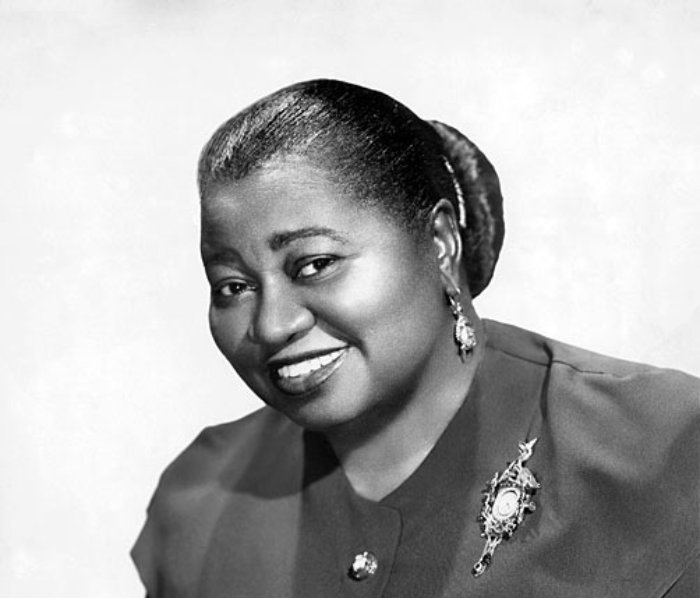 Unknown Author, Wikimedia Commons
Unknown Author, Wikimedia Commons
Hattie McDaniel
Hattie McDaniel managed to rack up over a hundred film credits before perishing at age 59 due to complications from breast cancer and diabetes. This was only 13 years after the release of Gone With the Wind.
Hattie McDaniel
The most tragic part of McDaniel’s passing was that her wish was to be buried at the Hollywood Forever Cemetery alongside other stars, but due to it being only for Whites, that was denied. Luckily, a monument of McDaniel was erected there in 1999.
Ona Munson
Ona Munson didn’t necessarily have the biggest role in Gone With the Wind, but she nonetheless was a steady working actor in Hollywood. She had enough prominence to be speculated on as a member of the “sewing circle”, an elite group of lesbians in Hollywood.
 MGM, Gone with the Wind (1939)
MGM, Gone with the Wind (1939)
Ona Munson
Munson’s sexuality was kept under wraps, as it had to be back then. It’s speculated that this is why she suffered from depression throughout her life.
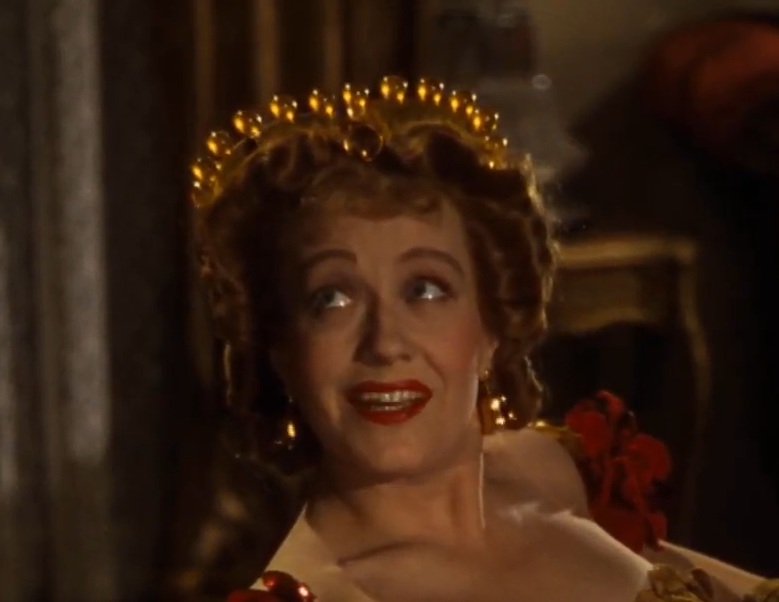 MGM, Gone with the Wind (1939)
MGM, Gone with the Wind (1939)
Ona Munson
Munson’s life sadly came to an end at only age 51. The cause was overdosing on the antidepressant drug known as barbiturates.
 Unknown Author, Wikimedia Commons
Unknown Author, Wikimedia Commons
Ona Munson
Munson left behind a note in her New York apartment that allegedly read "This is the only way I know to be free again ... Please don't follow me”. The note certainly implies that the overdose may have been intentional.
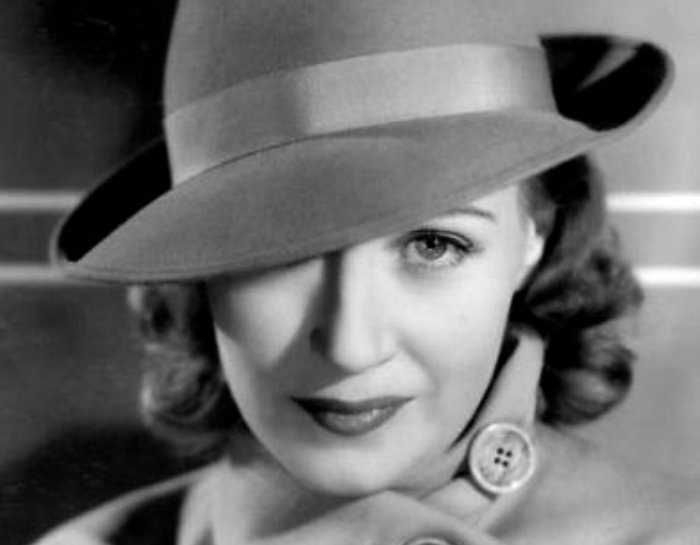 Unknown Author, Wikimedia Commons
Unknown Author, Wikimedia Commons
Ona Munson
If you want to see some of Munson’s performances, check out films like The Shangai Gesture and The Red House. Her work leaves behind a tragic note in the history of queer Hollywood.
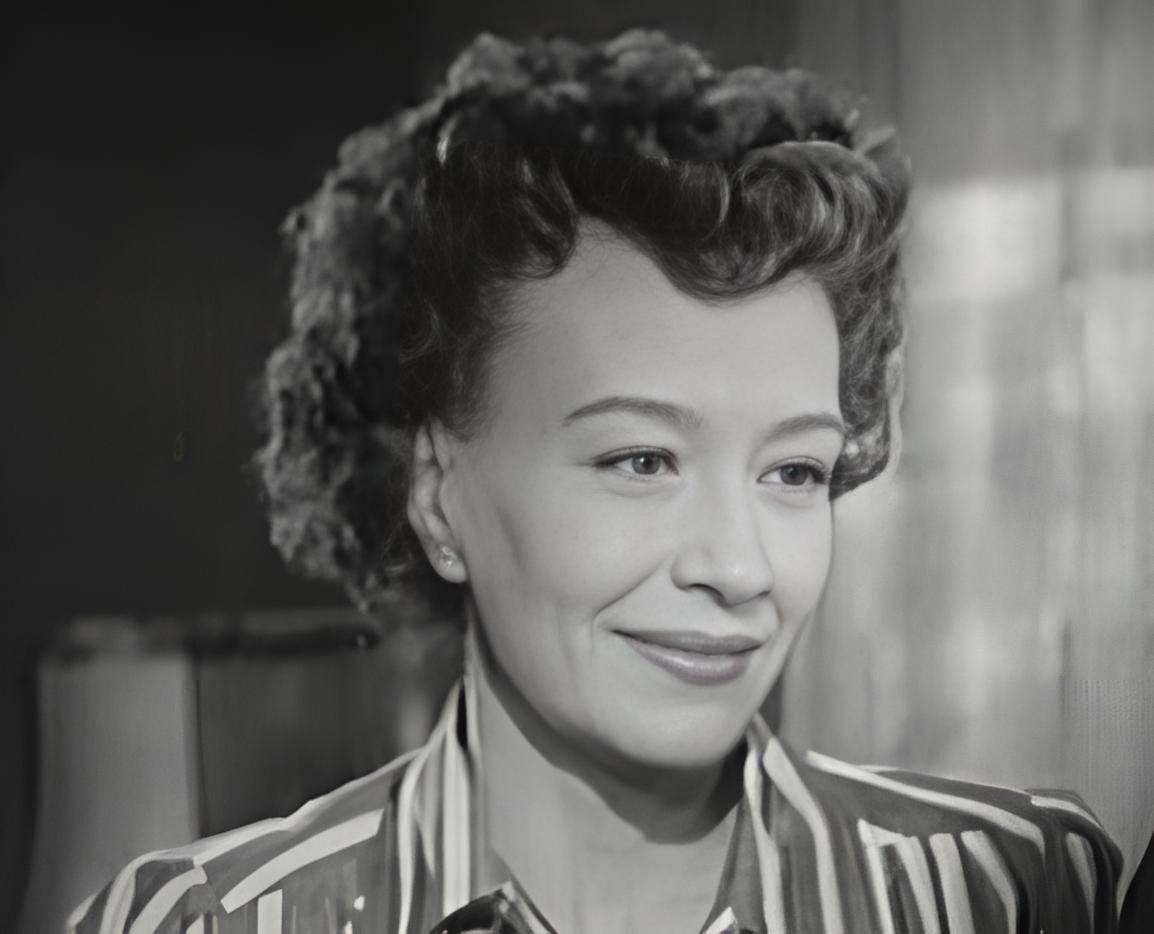 film screenshot, Wikimedia Commons
film screenshot, Wikimedia Commons
Oscar Polk
Like Hattie McDaniel, Oscar Polk was a deeply important figure within the world of African American actors. Though, his legacy had more to do with musical theater than the big screen.
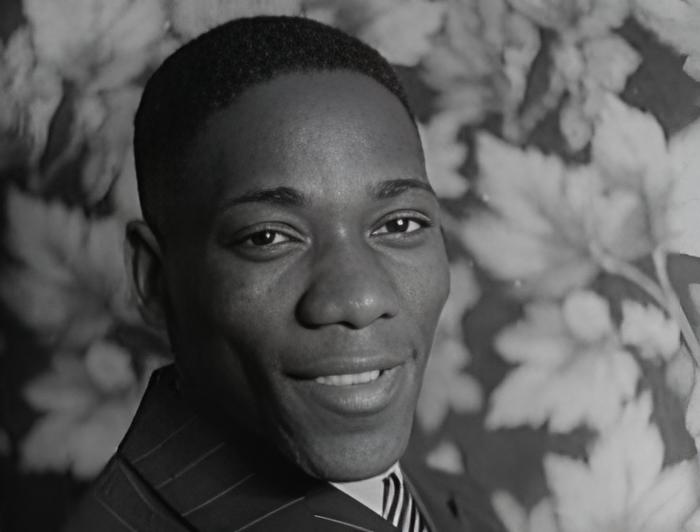 Carl Van Vechten, Wikimedia Commons
Carl Van Vechten, Wikimedia Commons
Oscar Polk
Playing the house slave named Pork in Gone With the Wind, the actor’s role was, unfortunately, representative of the film’s dated politics. Like McDaniel as the maid, a slave was the best role a lot of Black actors could hope for in the 1930s.
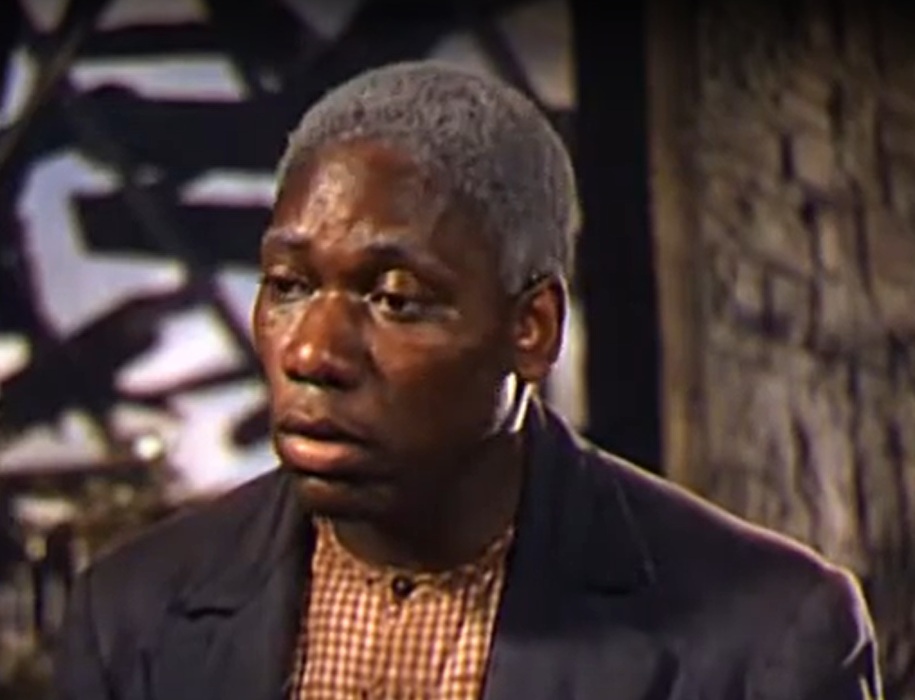 MGM, Gone with the Wind (1939)
MGM, Gone with the Wind (1939)
Oscar Polk
Some of Polk’s other film roles included 1935’s It’s A Great Life as well as Vincente Minnelli’s pioneering all-Black musical Cabin in the Sky. While named Pork in Gone With the Wind, you’ll notice a theme with characters names like Salt Meat in Cecile B DeMille’s Reap the Wild Wind.
Oscar Polk
Polk returned to the stage by the mid-1940s, working as both a performer and a tap instructor. He notably got cast in the lead role in the Broadway play Leading Lady, which was a big break for the hard-working actor.
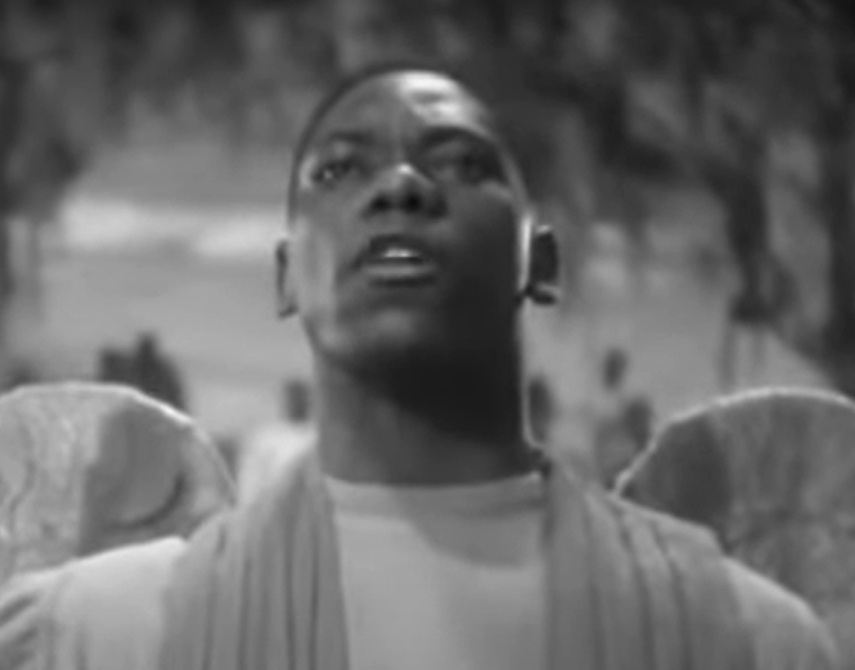 Warner Bros., The Green Pastures (1936)
Warner Bros., The Green Pastures (1936)
Oscar Polk
Polk’s life was tragically cut short at age 49, in 1949, before even being able to act in Leading Lady. A taxi cab struck him in Times Square, leaving fatal injuries to the actor.
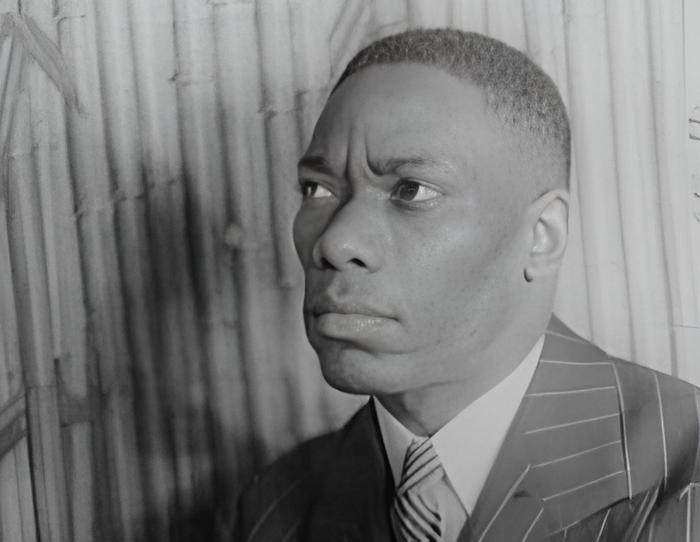 Carl Van Vechten, Wikimedia Commons
Carl Van Vechten, Wikimedia Commons
Butterfly McQueen
Depicting one of the many servant characters in the film, Butterfly McQueen’s involvement with Gone With the Wind had a similar legacy to Hattie McDaniel, though her character of Sissy didn’t have the impact of Mammy.
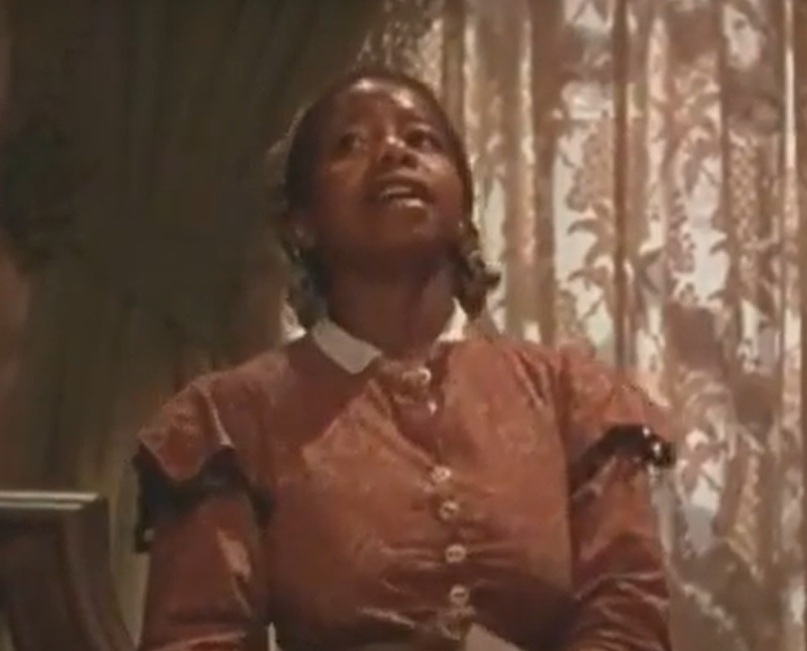 MGM, Gone with the Wind (1939)
MGM, Gone with the Wind (1939)
Butterfly McQueen
McQueen was candid about her feelings on the film while being interviewed in 1989. She remarked that she felt insulted by the role while filming, but in old age, had come to appreciate the opportunity as well as the film’s place in history.
 MGM, Gone with the Wind (1939)
MGM, Gone with the Wind (1939)
Butterfly McQueen
McQueen had a long-lasting film career, still working by 1986 with the Harrison Ford drama The Mosquito Coast. Some of her other credits included the aforementioned Cabin in the Sky and Mildred Pierce.
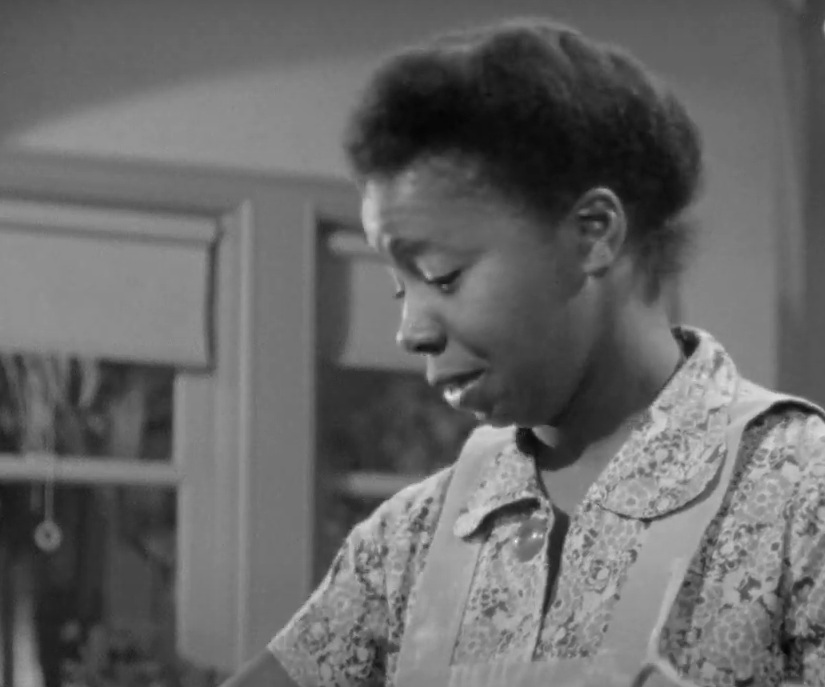 Warner Bros., Mildred Pierce (1945)
Warner Bros., Mildred Pierce (1945)
Butterfly McQueen
While the majority of her Gone With the Wind co-stars perished in their 40s or 50s, McQueen luckily lived to her mid-80s in 1995. That being said, the circumstances surrounding her end were highly unlucky.
Butterfly McQueen
While at her home, McQueen was attempting to light some kerosene heaters, when unfortunately, the flames caught onto her clothes, causing serious second and third-degree burns. She ended up losing her life from the injuries sustained.
You May Also Like:
19 Movies That Were Actually Cursed
The Most Cursed Film In Hollywood History
Source: 1


